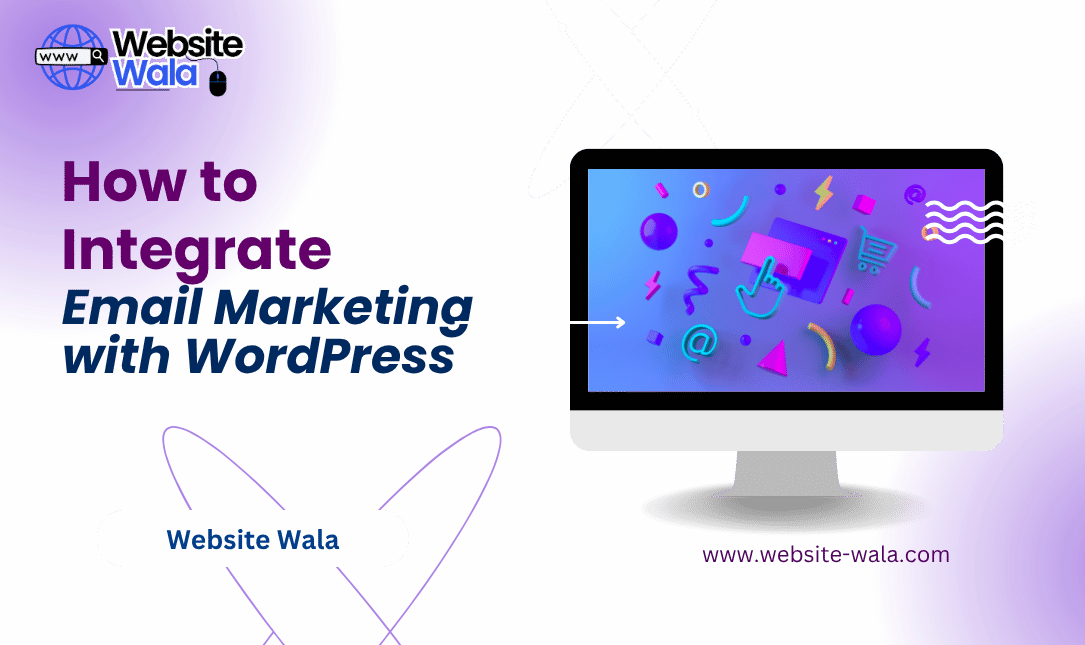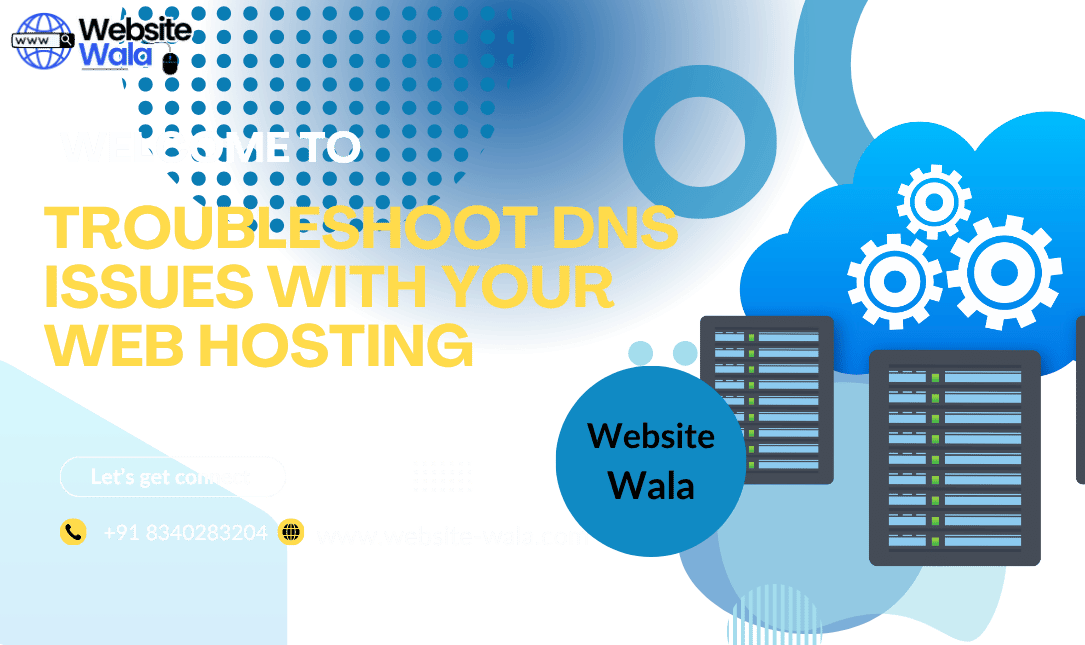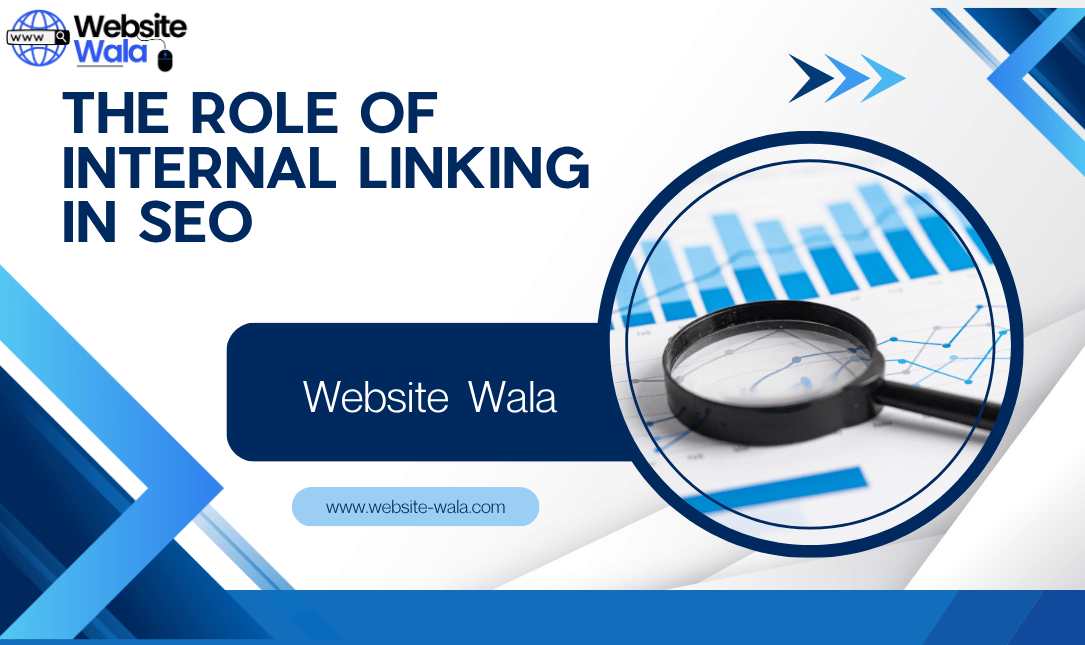
Learn how to use WordPress for blogging with our step-by-step guide. Find out how to set up a blog, create engaging content, customize your site, and more with WordPress.
How to Use WordPress for Blogging
WordPress is an incredibly powerful platform for creating and managing blogs. Whether you are a beginner looking to set up your first blog or an experienced blogger looking to take your site to the next level, WordPress offers a range of features and tools to help you succeed. In this article, we will guide you through the process of using WordPress for blogging, from setting up your site to creating engaging content and customizing your design.
Setting Up Your WordPress Blog
The first step in using WordPress for blogging is to set up your blog. There are two main ways to do this: by using the WordPress.com platform or by self-hosting WordPress on your own domain. If you are just starting out, WordPress.com is a great option as it is quick and easy to set up. Simply create an account, choose a domain name, and start customizing your site.
If you are looking for more control over your blog, you can self-host WordPress on your own domain. This involves purchasing a domain name and hosting plan, installing WordPress, and customizing your site to your liking. While this option requires more technical knowledge, it offers greater flexibility and customization options.
Creating Engaging Content with WordPress
Once your blog is set up, the next step is to start creating engaging content. WordPress makes it easy to write and publish blog posts, with a range of formatting options to help you create visually appealing content. You can also easily add images, videos, and other media to enhance your posts.
When creating content for your blog, it is important to keep your audience in mind. Write about topics that are relevant to your readers and provide valuable information that will keep them coming back for more. You can also use categories and tags to organize your content and make it easier for readers to find what they are looking for.
Customizing Your WordPress Site
One of the great things about WordPress is that it offers a range of customization options to help you create a site that reflects your style and brand. You can choose from thousands of themes to change the look and feel of your site, or you can create your own custom design using the built-in theme editor.
In addition to themes, WordPress also offers plugins that can add new features and functionality to your site. Whether you want to add social media sharing buttons, create a contact form, or improve your site's SEO, there is a plugin available to help you achieve your goals.
WordPress Tips for Beginners
If you are new to WordPress, it can be helpful to keep a few tips in mind as you start blogging. Here are some tips for beginners to help you get the most out of your WordPress site:
1. Keep Your Site Secure
Make sure to keep your WordPress site up to date and use strong, unique passwords to help prevent hacking and security breaches.
2. Backup Your Site Regularly
It is important to regularly backup your WordPress site to ensure that your content is safe in case of a technical issue or other problem.
3. Use SEO Best Practices
Optimize your site for search engines by using relevant keywords, creating quality content, and ensuring that your site is easily navigable and user-friendly.
4. Engage with Your Audience
Respond to comments on your blog, engage with your readers on social media, and create a sense of community around your site to build a loyal following.
WordPress Blogging Tips
In addition to the tips for beginners, there are a few more advanced blogging tips that can help you take your WordPress site to the next level. Here are some WordPress blogging tips to help you grow your audience and improve your site:
1. Create a Content Calendar
Plan out your blog posts in advance and create a content calendar to help you stay organized and consistent with your posting schedule.
2. Promote Your Content
Share your blog posts on social media, reach out to other bloggers for collaborations, and use email marketing to promote your content and attract new readers.
3. Track Your Performance
Use analytics tools to track the performance of your blog and gain insights into what content is resonating with your audience and where you can make improvements.
4. Experiment and Innovate
Don't be afraid to try new things and experiment with different types of content, design elements, and marketing strategies to see what works best for your blog.
WordPress is a versatile and powerful platform for blogging, with a range of features and tools to help you create a successful blog. Whether you are just starting out or looking to take your blog to the next level, WordPress offers everything you need to succeed. By following the tips and guidelines outlined in this article, you can learn how to use WordPress for blogging and create a site that engages your audience, showcases your content, and reflects your brand.























